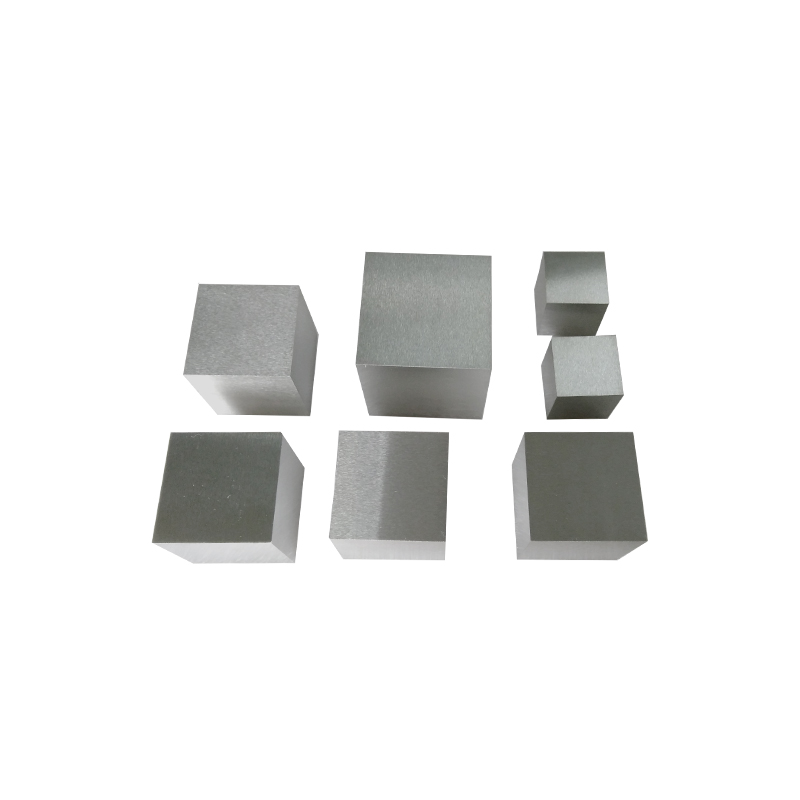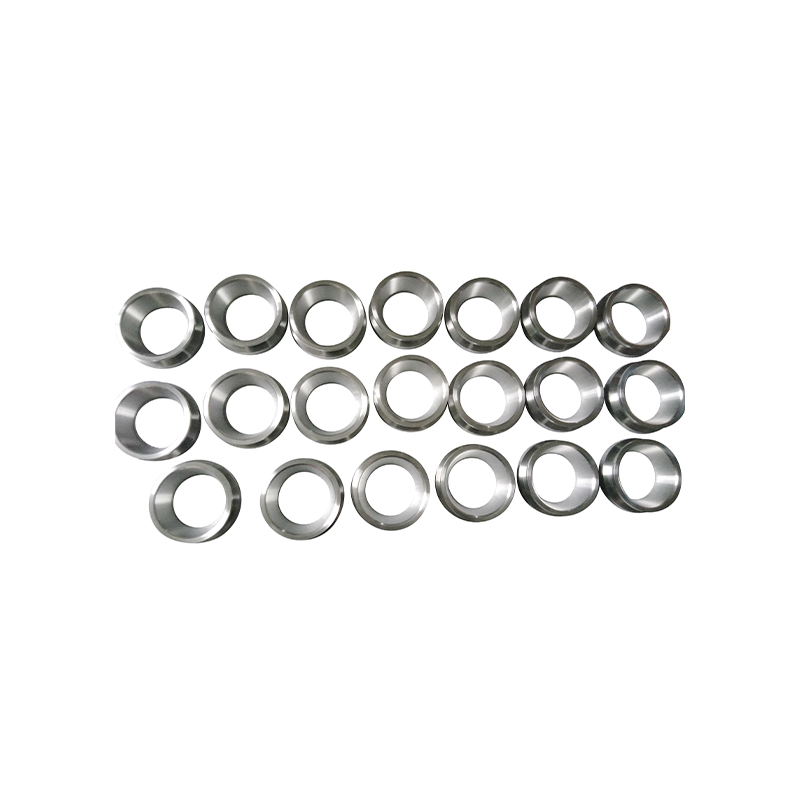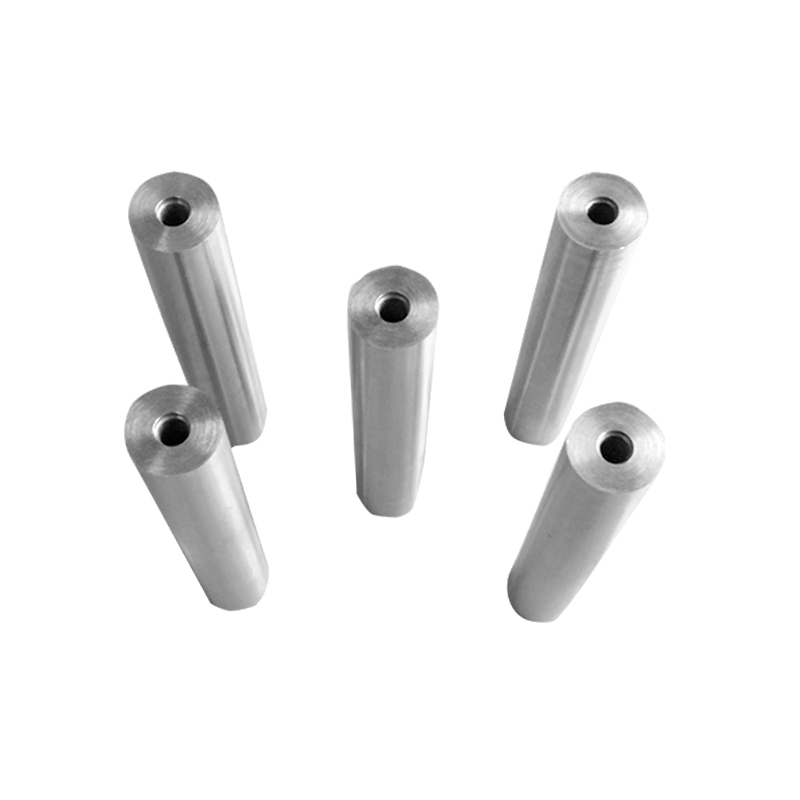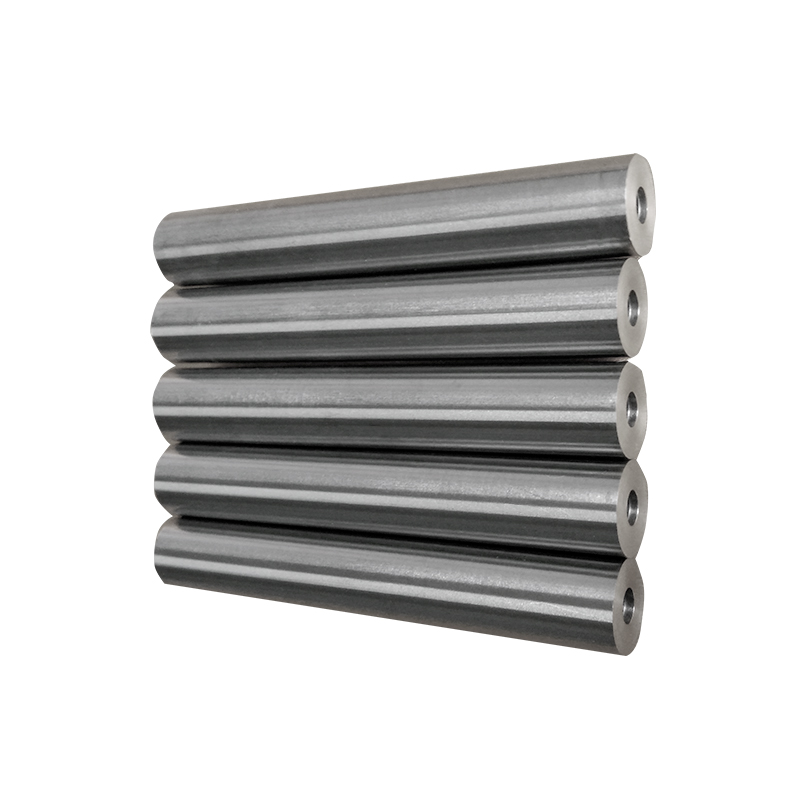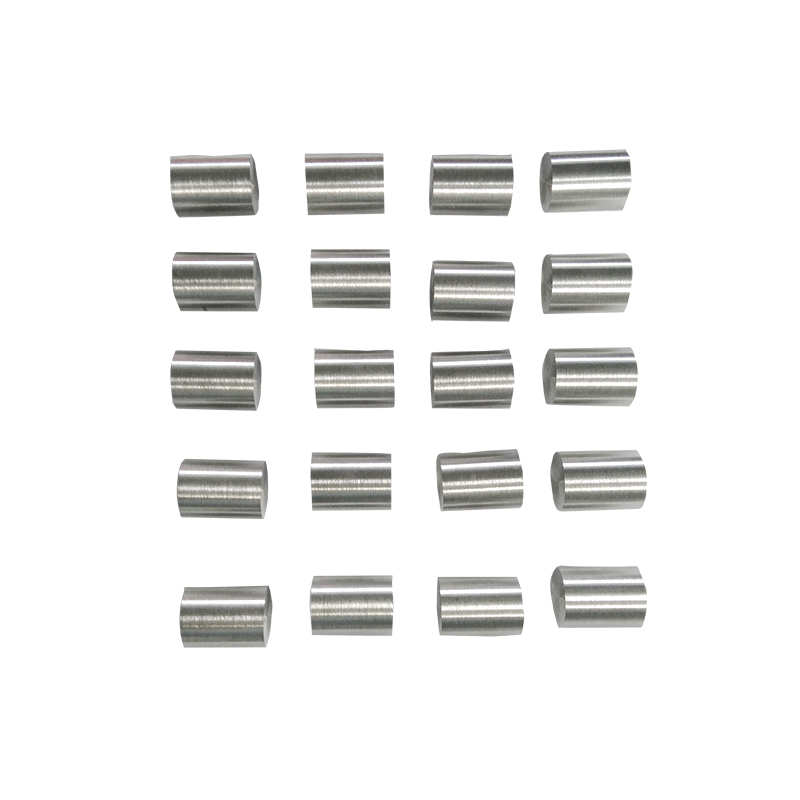Introduction to Molybdenum Plates
What is Molybdenum?
Molybdenum is a lustrous, silvery-white transition metal with the chemical symbol Mo and atomic number 42. Known for its exceptionally high melting point (2623°C / 4753°F), high strength, and excellent corrosion resistance, molybdenum is widely used in industrial applications where other metals would fail under extreme heat or pressure. As an essential trace element, molybdenum is also important in alloys and various chemical processes, contributing strength and durability to steels and superalloys.
What Are Molybdenum Plates?
Molybdenum plates, also referred to as Mo plates, are flat-rolled products fabricated from pure molybdenum or molybdenum-based alloys. These plates come in varying thicknesses and dimensions and are produced through processes such as vacuum arc melting and hot or cold rolling. Molybdenum plates are available in different forms, including:
Molybdenum sheets (thin, flexible)
Molybdenum shims (very thin and precise)
Thick Mo plates (for structural or thermal applications)
These products are commonly used in high-temperature, corrosive, and high-stress environments where conventional materials like stainless steel or aluminum would degrade quickly.
Why Choose Molybdenum Plates?
Molybdenum plates are favored across many industries due to a range of superior material properties and performance advantages:
High Thermal Stability: With one of the highest melting points of all metals, Mo plates maintain structural integrity in extreme heat, making them ideal for furnaces and aerospace components.
Corrosion Resistance: Molybdenum naturally resists oxidation and corrosion, especially in acidic or high-pressure environments.
Mechanical Strength: Even at elevated temperatures, molybdenum retains high tensile and yield strength.
Excellent Conductivity: Mo plates provide good electrical and thermal conductivity, making them suitable for electronics, heat sinks, and semiconductors.
Dimensional Stability: With low thermal expansion, molybdenum plates resist warping or deformation under temperature fluctuations.
Fabrication Versatility: Molybdenum can be machined, formed, or welded using specialized equipment, allowing for custom components.
These properties make molybdenum plates an essential material in fields like metallurgy, aerospace, electronics, medical imaging, and nuclear technology.
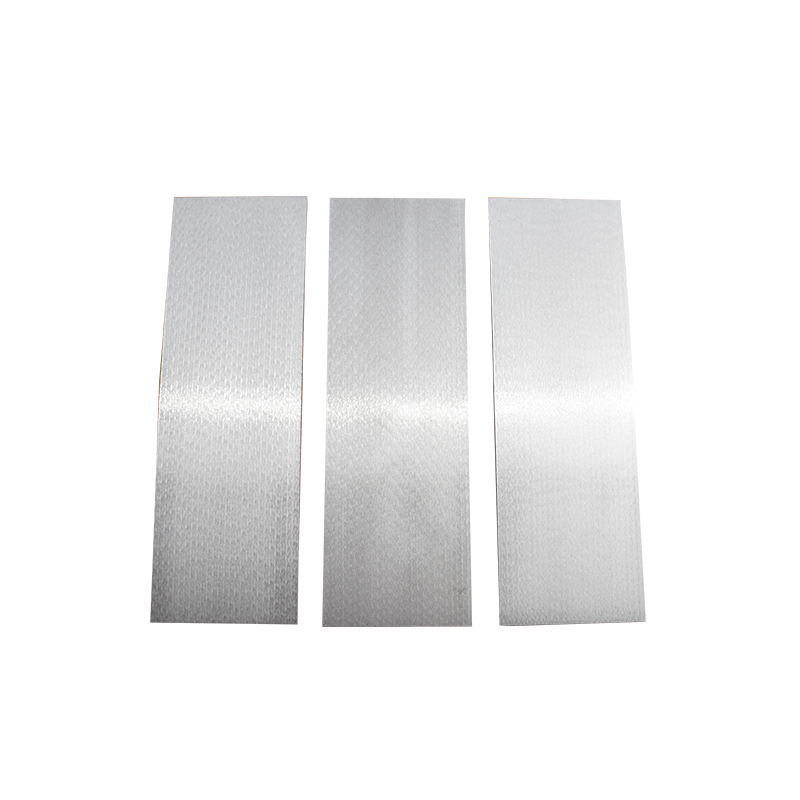
Properties of Molybdenum Plates
Molybdenum plates are valued for their performance in harsh environments, and this is due to a combination of physical, mechanical, and chemical properties. Whether you're considering them for industrial furnaces, aerospace parts, or electronics, understanding these properties is essential.
Physical Properties
Molybdenum’s physical characteristics are what first distinguish it from other metals:
Density: 10.2 g/cm³
Molybdenum is a dense metal, which contributes to its strength and heat retention capacity.
Melting Point: 2623°C (4753°F)
One of the highest among all pure elements, allowing Mo plates to remain stable in extreme-temperature applications like furnaces or missile nozzles.
Thermal Expansion Coefficient: 4.8 µm/m·K
Molybdenum expands very little with heat, which means it maintains dimensional stability under thermal stress—ideal for applications requiring precision.
Thermal Conductivity: ~138 W/m·K
Mo plates effectively transfer heat, making them excellent for use in heat sinks and thermal shields.
Mechanical Properties
Molybdenum plates offer a strong mechanical profile, even at elevated temperatures:
Tensile Strength: ~620 MPa (at room temperature)
Pure molybdenum is strong, and strength increases further in alloyed forms like TZM.
Yield Strength: ~415 MPa
This makes molybdenum resistant to deformation under stress.
Hardness: ~150 HV (Vickers Hardness)
Molybdenum has good surface hardness, making it resistant to abrasion and wear.
Creep Resistance:
Mo plates resist "creep"—slow deformation over time—especially in high-heat conditions, which is crucial for prolonged industrial use.
Chemical Properties
Corrosion Resistance:
Molybdenum naturally forms a thin, stable oxide layer on its surface, offering resistance to oxidation and corrosion—even in harsh chemicals like hydrochloric or sulfuric acid.
Reactivity:
Molybdenum is relatively inert in most environments. It is stable in neutral and reducing conditions and exhibits low reactivity with gases at room temperature.
High-Temperature Performance
This is where molybdenum plates truly excel:
Maintains strength and shape up to 1900°C in vacuum or inert gases.
Shows minimal thermal distortion, ideal for precision parts in aerospace or electronics.
Performs exceptionally well under rapid thermal cycling.
Because of this, Mo plates are heavily used in industrial heating systems, aerospace propulsion components, nuclear reactors, and semiconductor manufacturing.
Molybdenum Plate Specifications and Standards
When purchasing molybdenum plates, understanding the available grades, standards, and size options is essential for selecting the right product for your application. From ultra-high-temperature furnace components to precision electronics, molybdenum plates are manufactured to meet stringent requirements.
Common Grades of Molybdenum
There are several grades of molybdenum used in plate form, each designed for specific performance needs:
Pure Molybdenum (≥99.95%)
The standard grade used in general high-temperature and corrosion-resistant applications. It offers excellent thermal and mechanical properties and is the most commonly used type.
TZM Alloy (Titanium-Zirconium-Molybdenum)
Contains approximately 0.5% Ti and 0.08% Zr. TZM offers superior strength, creep resistance, and machinability at high temperatures, making it ideal for aerospace, die casting, and furnace tooling.
Mo-La (Molybdenum-Lanthanum)
Doped with lanthanum oxide for improved ductility and resistance to recrystallization. Used in lighting and thin-film applications where prolonged heat resistance is required.
ASTM B386 Standard
The industry benchmark for molybdenum plates is ASTM B386, which outlines:
Chemical composition
Mechanical properties
Dimensional tolerances
Surface finish requirements
Test methods and inspection criteria
This standard ensures uniformity and reliability, especially for critical applications in aerospace, nuclear energy, and semiconductor manufacturing.
Tip: When sourcing molybdenum plates for industrial use, always confirm compliance with ASTM B386 or relevant equivalents.
Available Sizes and Thicknesses
Molybdenum plates are typically available in a variety of standard and customized dimensions:
Thickness Range:
From 0.1 mm (shim stock) to over 50 mm (heavy plates), depending on the grade and application.
Width and Length:
Standard widths: 100 mm to 600 mm
Standard lengths: 100 mm to 1200 mm
Custom cuts available on request
Surface Finish:
Cold-rolled: Smoother surface, tighter tolerance
Hot-rolled: Suitable for heavy-duty applications
Polished or machined: Available for optical and high-precision use
Flatness and Edge Options:
Precision-ground edges and tight flatness control are often required for electronics and furnace parts.
Having well-defined specifications helps in choosing the right molybdenum plate to meet your technical and operational needs, and it also simplifies communication with suppliers during the purchasing process.
Applications of Molybdenum Plates
Thanks to their outstanding thermal, mechanical, and chemical properties, molybdenum plates are used across a wide range of high-performance industries. From handling extreme heat to ensuring structural integrity in sensitive environments, Mo plates deliver reliability where it matters most.
High-Temperature Furnaces
One of the most common uses of molybdenum plates is in industrial furnaces that operate at extremely high temperatures.
Heating Elements & Heat Shields: Mo plates maintain stability and resist deformation even above 1800°C, making them perfect for electric heating elements, radiant panels, and shielding components.
Support Structures & Liners: They serve as structural components inside vacuum or hydrogen furnaces, especially in sintering, annealing, and brazing applications.
Aerospace Industry
In aerospace engineering, molybdenum plates are essential due to their light weight, high strength, and heat resistance.
Rocket Nozzles & Exhaust Components: Molybdenum resists high-speed gas erosion and heat, making it ideal for propulsion systems.
Thermal Barriers: Mo plates are used as liners or thermal shields in high-altitude aircraft and spacecraft to protect against heat and stress.
Electronics Industry
The electronics sector relies on the electrical and thermal conductivity of molybdenum plates.
Heat Sinks: Due to its low coefficient of thermal expansion and good conductivity, Mo is used in semiconductor devices and power electronics.
Sputtering Targets: Mo plates are processed into targets for thin-film deposition, commonly used in LCD panels, solar cells, and semiconductors.
Backing Plates: In electronic packaging and microwave components, molybdenum is used to stabilize delicate circuits under heat.
Medical Industry
Molybdenum plates also have specialized uses in medical and diagnostic equipment:
X-ray and CT Imaging: Mo plates are used in anodes for X-ray tubes and imaging components due to their high atomic number and thermal performance.
Radiation Shielding: Mo’s dense atomic structure allows it to shield against certain types of radiation, providing protection in medical facilities and equipment.
Other Applications
Nuclear Industry: Used in control rods, reactor parts, and shielding in both fission and fusion research reactors due to its low neutron absorption and stability under irradiation.
Chemical Processing: In corrosive environments, Mo plates serve as baffles, liners, and reactor parts due to their chemical inertness.
Glass Manufacturing: Molybdenum is used in electrode systems and glass melting equipment where resistance to corrosion and heat is vital.
These diverse applications demonstrate how molybdenum plates are engineered to perform where other materials fall short—ensuring safety, precision, and durability in the most demanding environments.
Fabrication and Machining of Molybdenum Plates
Due to its exceptional strength, density, and high melting point, molybdenum plate requires specialized techniques for cutting, shaping, and joining. However, with the right equipment and knowledge, it can be fabricated into highly precise components for demanding industrial use.
Cutting
Molybdenum is a hard and dense material, which can pose challenges during cutting. The choice of cutting method depends on the thickness of the plate and the desired precision.
Laser Cutting:
Suitable for thin to medium-thickness molybdenum plates. Offers high accuracy and clean edges, often used in electronics and precision components.
Waterjet Cutting:
Preferred for thicker plates or when heat-affected zones (HAZ) must be minimized. It provides burr-free, cold cuts with minimal material stress.
Wire EDM (Electrical Discharge Machining):
Ideal for ultra-precise parts and tight tolerances, especially when conventional cutting tools are not suitable.
Machining
Molybdenum can be milled, turned, and drilled, but it requires careful handling due to its brittleness at room temperature.
Machining Tips:
Use sharp carbide tools and low cutting speeds.
Keep feeds moderate to reduce chipping.
Apply coolant to control temperature and avoid tool wear.
Grinding and Finishing:
Molybdenum can be surface-ground to extremely smooth finishes, a key requirement in electronics and optics industries.
Welding
Welding molybdenum is possible but requires an inert atmosphere due to its high reactivity at elevated temperatures.
TIG Welding (GTAW):
Used under argon or helium shielding gas. Excellent for joining molybdenum to itself or compatible metals.
Electron Beam Welding:
Ideal for precision, high-strength welds in aerospace or vacuum applications.
Precautions:
Preheat to 200–300°C to prevent cracking.
Avoid exposure to air while hot to prevent oxidation.
Forming
Molybdenum is formable, especially at elevated temperatures. Cold forming is possible for thinner plates, while hot working is often required for thicker or more complex shapes.
Bending:
Thin molybdenum sheets and plates can be bent using press brakes. Annealing beforehand improves ductility.
Stamping and Drawing:
Often used to produce small components, but must be done with caution to prevent cracking.
Annealing:
Post-forming annealing at 1000–1200°C can restore ductility and reduce internal stress.
Fabricating molybdenum plates requires expertise and precision tools, but the resulting components are unmatched in durability, heat resistance, and performance. Manufacturers often work closely with clients to ensure that tolerances, finishes, and shapes meet exacting requirements.
Purchasing Molybdenum Plates
Buying molybdenum plates involves more than just selecting a size—buyers must consider specifications, material grade, supplier reliability, and application-specific needs. This section will guide you through the key considerations and current market insights.
Factors to Consider When Buying
When sourcing molybdenum plate products, the following criteria are essential:
Purity:
Industrial-grade molybdenum is typically ≥99.95% pure. For specialized uses like electronics or medical equipment, higher purity may be required.
Material Grade:
Pure molybdenum for general high-temperature uses.
TZM alloy for improved strength and creep resistance.
Mo-La alloy for better ductility and thermal cycling stability.
Dimensions and Tolerances:
Ensure the supplier can meet your exact thickness, width, length, flatness, and edge tolerance requirements.
Surface Finish:
Choose from hot-rolled, cold-rolled, polished, or ground surfaces depending on your application.
Application Requirements:
Consider operating temperature, corrosion conditions, and structural loads when selecting grade and specifications.
Top Molybdenum Plate Suppliers
There are several reputable manufacturers and global distributors of molybdenum plates. Here are a few well-known options:
H.C. Starck Solutions (Germany/USA):
A leading producer of refractory metals, including high-spec molybdenum plate products for aerospace, semiconductor, and medical industries.
Plansee Group (Austria):
Specializes in molybdenum and tungsten-based materials for demanding applications, offering custom dimensions and alloy options.
China-based Suppliers (e.g., Luoyang Dingding, Xiamen Honglu):
Known for cost-effective, large-scale supply of pure molybdenum and TZM alloy plates with export experience.
Tip: Always request mill test certificates (MTCs), compliance with ASTM B386, and origin of material for quality assurance.
How to Get a Quote
When requesting a quote, provide detailed information to receive an accurate and timely response:
Material type (pure molybdenum, TZM, Mo-La)
Required dimensions and tolerances
Quantity (single plate or bulk order)
Intended use or industry (optional but helpful)
Delivery location and shipping requirements
Certification or standard compliance (e.g., ASTM B386)
Some suppliers offer online configurators or downloadable spec sheets to speed up the quoting process.
Price Trends for Molybdenum Plates
Prices for molybdenum plates fluctuate based on global demand, raw material costs, and geopolitical factors affecting mining and supply chains. Current pricing trends (as of mid-2025):
Pure molybdenum plate: USD $80–150/kg
TZM alloy plate: USD $120–200/kg
Thin sheets or foil (0.1–1.0 mm): Higher per-unit cost due to processing complexity
Factors that influence price include:
Purity and grade
Plate thickness and size
Required surface treatment or machining
Supply origin and transportation costs
Tip: Bulk orders usually receive more favorable pricing. It's also wise to compare quotes across regions for cost optimization.
Molybdenum Plate Products
Molybdenum plate is not a one-size-fits-all material—manufacturers offer a range of forms tailored to specific applications. Understanding the differences can help you choose the best product for your needs.
Molybdenum Sheet
Thickness Range: Typically 0.1 mm to 3 mm
Uses:
Ideal for precision components in electronics, semiconductor backing plates, solar panels, and medical imaging equipment.
Advantages:
Lightweight, flexible, and easy to machine. Sheets are often used where exact dimensions and fine finishes are required.
Molybdenum Shim Stock
Thickness Range: 0.01 mm to 0.1 mm
Uses:
Commonly used in high-precision applications, including optical alignment, thermal barrier calibration, and sensor assemblies.
Advantages:
Extremely thin and flexible, shim stock allows for fine adjustments and is often provided in rolls or pre-cut pieces.
Heavy Molybdenum Plates
Thickness Range: >3 mm, sometimes up to 50 mm or more
Uses:
Designed for high-load, high-temperature, or structural applications in aerospace, furnaces, and nuclear reactors.
Advantages:
Exceptional strength and thermal resilience, suitable for demanding environments where other materials would fail.
Conclusion
Molybdenum plates are a premium material solution engineered for the world’s most extreme applications. Whether you're designing for high temperatures, corrosive environments, or critical aerospace components, Mo plates deliver:
Unmatched thermal and mechanical stability
Superior corrosion resistance
Versatile fabrication options
Reliable performance across multiple industries
While pricing and fabrication complexity may require careful planning, the performance advantages make molybdenum plates an outstanding investment in quality, durability, and efficiency.
As technology evolves, so too does the demand for high-performance materials like molybdenum—positioning it as a key player in the future of advanced manufacturing, clean energy, and aerospace innovation.






